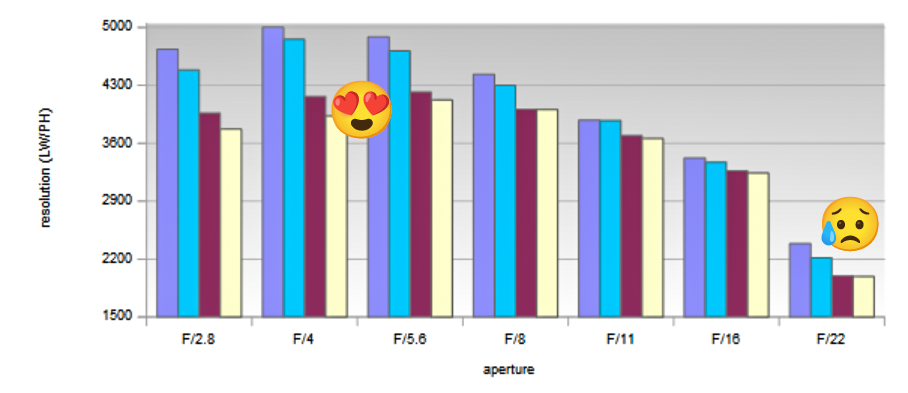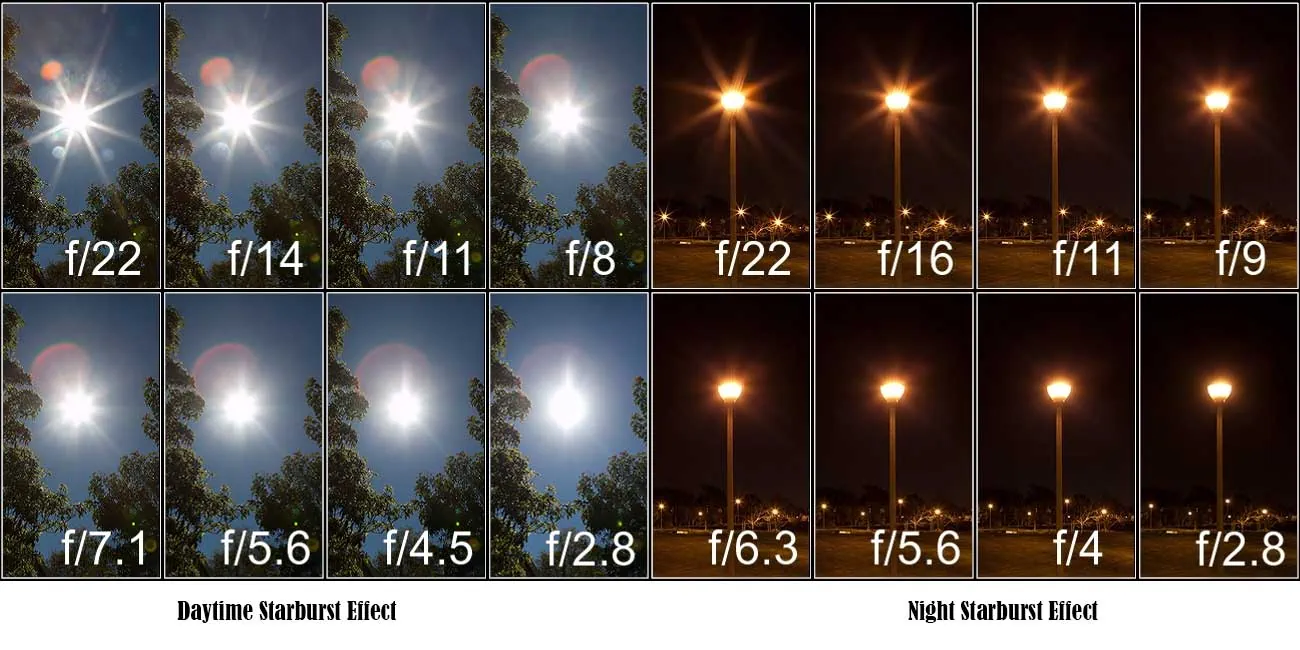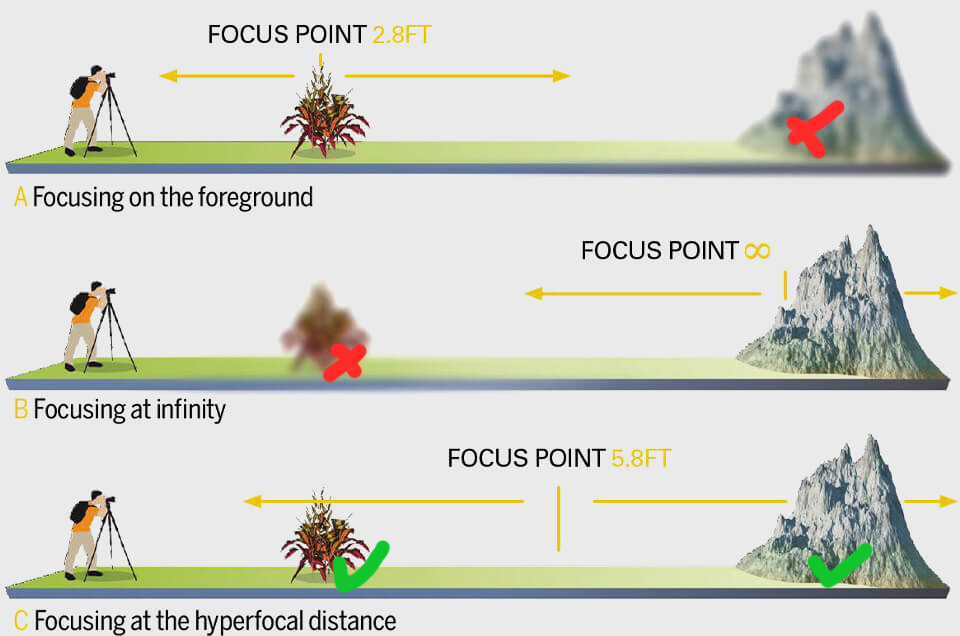All About Diaphragm in 5 Parts!
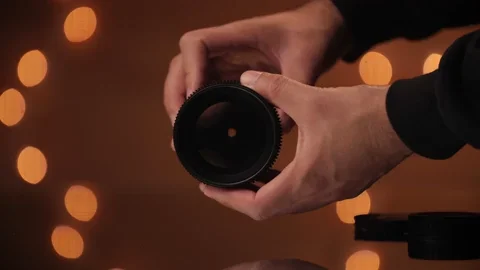
Hello everyone! Welcome to the magical world of photography! As the second topic of our series, today I would like to share with you a detailed guide on one of the most basic and important topics in this world: aperture and depth of field. This guide contains information and tips that will be useful for both beginners and experienced photographers. Let's start exploring! 📸
Part 1:
Introduction to Aperture and Depth of Field
Aperture, depth of field, bokehs have made some of my photos beautiful
What is a Diaphragm?
The aperture is an opening in your lens that controls how much light reaches the sensor. To understand this better, think of our pupil. In a bright environment our pupil shrinks and less light enters, in a dim environment the opposite happens. 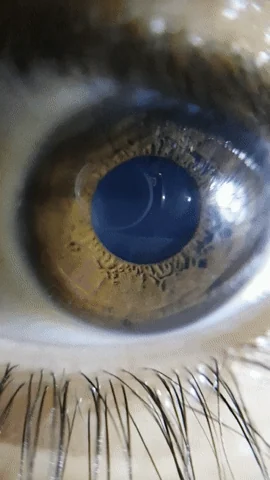
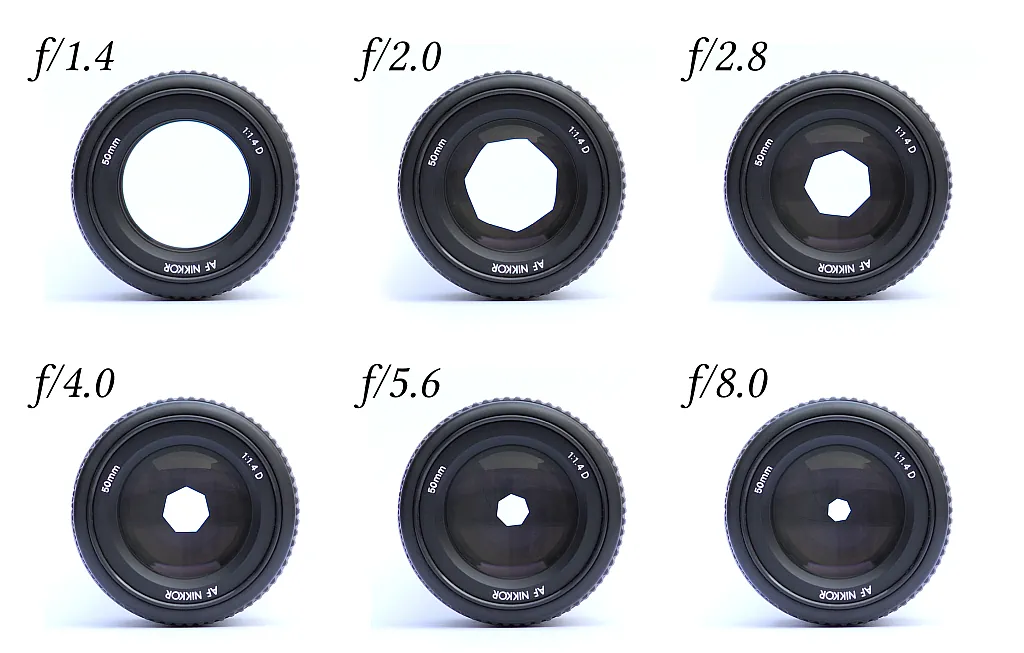
The aperture works just like our pupil, adjusting the amount of light entering the lens. The aperture value is expressed in numbers called "f-stop" or "f-number" (e.g. f/1.4, f/2, f/2.8, f/4, f/5.6, f/8, f/11, f/16, f/22).
Understanding aperture allows the photographer to control the light and adjust the exposure (light or dark) of the photo. It also determines the aesthetics of the photo by controlling the depth of field.
Let's explain with an example: Let's say you are shooting a portrait in a dimly lit environment. You need to set the aperture as wide as f/2.8 to get more light and make the subject brighter. At the same time, if you want to blur the background and make the subject stand out, you will also need to use a wide aperture.
f-Numbers and Aperture Relationship
It is very important to understand the relationship between f-number and aperture. A small f-number (e.g. f/1.4) implies a wide aperture, while a large f-number (e.g. f/22) implies a narrow aperture. So the smaller the f-number, the larger the aperture and the more light gets in.
Knowing the f-numbers allows the photographer to understand how much light will enter and how depth of field will be affected when adjusting the aperture.
NET Depth of Field
Depth of field is the depth of the area that appears clearly in your photograph. It can also be defined as the area in front of and behind your focus point that appears in acceptable sharpness. Aperture directly affects the depth of field.
When using a large aperture (small f-number), the depth of field is narrowed, meaning that less area in front of and behind the focal point appears sharp. This effect is often used in portrait photography. For example, when taking a portrait of a person, you can use a wide aperture to blur the background and emphasize the subject.
When using a narrow aperture (large f-number), the depth of field expands and more area in front of and behind the focal point appears sharp. This effect is often used in landscape photography. By using a narrow aperture when shooting a wide landscape, you can ensure that details in both the foreground and background are sharp.
Depth of field allows the photographer to control the aesthetics and composition of the photo. It can be used to emphasize the subject or to show the whole scene clearly.
There are 3 more factors that affect the depth of field:
- Focal Length: A long focal length (telephoto lenses) creates a narrow depth of field; a short focal length (wide-angle lenses) creates a wide depth of field.
- Subject Distance: The closer you are to the subject, the narrower the depth of field. The further away from the subject, the wider the depth of field.
- Sensor Size: Larger sensors (full-frame) create a narrower depth of field. Smaller sensors (APS-C) give a wider depth of field. That's why our wonderful phones with their tiny sensors can never take photos with 'real' clear depth of field like professional cameras.
Section 2: OTHER Effects of Aperture on Photography
Aperture affects the aesthetic and technical quality of a photograph in many ways.As we explained in detail above, aperture determines the depth of field of a photograph.
- Except for Depth of Field and Exposure, also affects these:
- Bokeh: Bokeh is the aesthetic blurring of out-of-focus areas. When using a wide aperture, the bokeh becomes more pronounced and softer. The quality of the bokeh depends on the number and shape of the lens' aperture blades. A larger number of blades and a rounded aperture create a more pleasing bokeh effect. In this image you can see the bokeh of different lenses:
 These differences in the bokeh shapes of different lenses are related to the blade shapes and designs of the diaphragms. In general, the more oval and smooth the bokeh, the better. You can see an example in the bonus section, the last heading.
These differences in the bokeh shapes of different lenses are related to the blade shapes and designs of the diaphragms. In general, the more oval and smooth the bokeh, the better. You can see an example in the bonus section, the last heading.
- Sharpness Every lens has an aperture value at which it is sharpest. Usually this value is 2-3 stops narrower than the maximum aperture of the lens (e.g. f/5.6 or f/8).
- Diffraction At very narrow apertures (f/16 and above), the image may lose sharpness due to light refraction. That's why professional product photographers, when shooting jewelry, instead of shooting at aperture F22, take a few images at medium apertures and do sharpness compositing.
Section 3: Light and Aperture
Aperture not only affects depth of field and exposure, but also determines how light sources appear in a photograph. In this chapter, we'll explore the effects of aperture on light sources and how you can use them creatively.
Beams of Light - Lens FlaRE
When using a wide open aperture (e.g. F:2.8), light sources appear softer and more diffused. However, if the light source is hitting the lens directly, the open aperture can create light beams.

Beams of light can be used to add atmosphere and depth to photographs. Particularly impressive results can be achieved in situations such as sunlight, foggy conditions or spotlights.
For example, when shooting a scene in the forest with the sun's rays filtering through the trees, you can use an open aperture (e.g. f/2.8 or f/4) to make the light beams more pronounced and give the image a mystical feel. The intensity and shape of the light beams vary depending on the aperture and the angle of the light source.
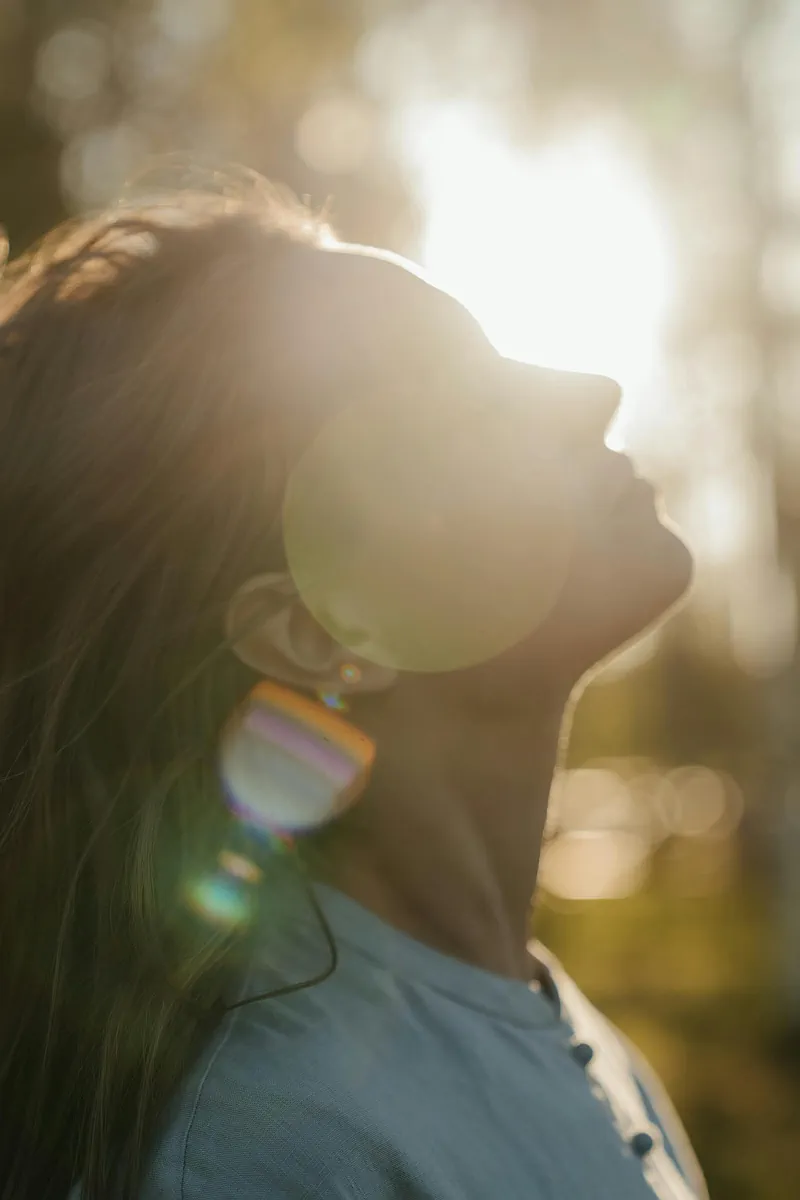
Star Effect
A narrow aperture (f/16 and above) is used to make light sources appear star-shaped. To create this effect, the light source must be small and bright.
The star effect allows photographers to use a creative effect in night photos and other scenes.
For example, if you're shooting a cityscape at night and you want the street lamps to look like stars, you can achieve this effect by using a narrow aperture like f/22.
One more interesting information; the number of blades of your lens decides how many corners this star image will be when you make F22 :) To find out how many corners your lens will have, tell me how many blades your lens has from instagram DM and I will tell you how many corners your star will have :)
Section 4: Advanced Techniques
Hyperfocal Distance
Hyperfocal distance is the closest point that is sharp toward you at a given aperture and focal length, starting from infinity. It is used in landscape photography to achieve maximum depth of field.
Knowing the hyperfocal distance allows landscape photographers to achieve the greatest possible depth of field. This allows both foreground and background to be clearly visualized.
For example, if you want to shoot a wide mountain landscape, by calculating the hyperfocal distance and focusing at that distance, you can get a clear view of both the flowers in the foreground and the mountains in the background. You can use this site to find out the hyperfocal distance: https://www.dofmaster.com/dofjs.html
MTF Graph and description
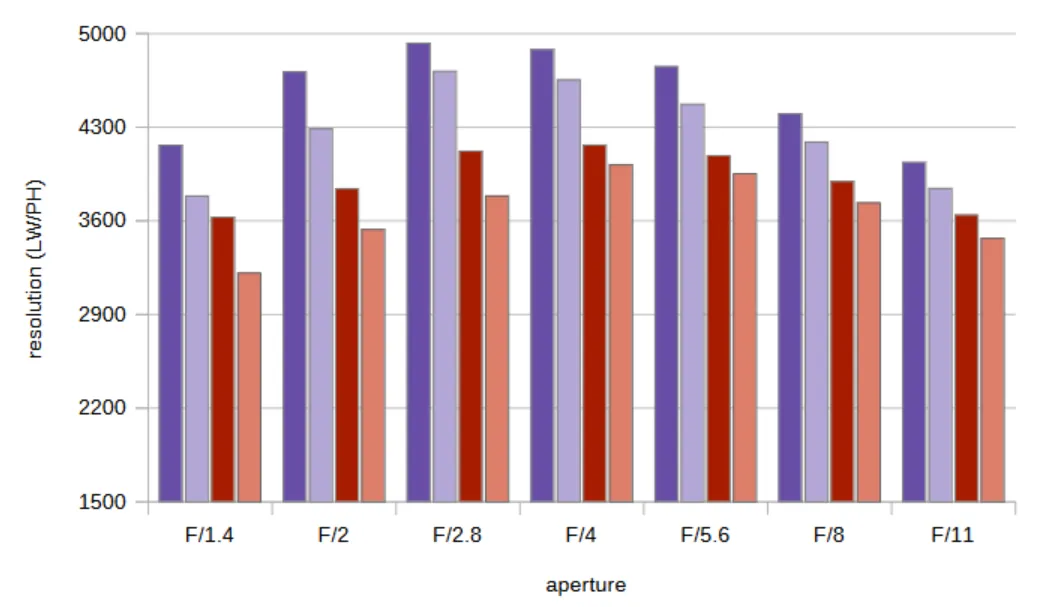
NOTE: This is a simplified MTF chart, reading the actual MTF chart may be a bit complicated.
MTF is a method used to measure the sharpness and contrast of a lens. MTF charts show the performance of the lens at different aperture values. When choosing a lens, you can evaluate its sharpness and contrast performance by examining MTF charts.
MTF charts help photographers understand the performance of lenses and choose the best lens for their needs.
If you're looking to buy a new lens for portraiture, you can compare the MTF charts of different lenses to determine which lens produces sharper, higher-contrast images. Here are two good sites for easy-to-understand MTF charts of lenses: https://opticallimits.com/ and https://ephotozine.com/
The aperture value at which each lens is sharpest is called the "sweet spot". This value is usually 2-3 stops smaller than the maximum aperture of the lens. Knowing the sweet spot value allows the photographer to get the maximum sharpness out of his lens.
F-Stop and T-Stop Difference
It is interesting to note that the F value of each lens does not mean that it lets in the same amount of light. Lenses have different light transmission. F-stop is a theoretical aperture value, while T-stop refers to the actual light transmission of the lens.
This is why T-stops are used in cinema lenses. The T-stop value is important to achieve a consistent exposure between different lenses, especially when shooting video.
For example, if a movie director shoots a scene from several angles using different lenses on different cameras, he or she can use T-stop values to achieve the same exposure with each lens and avoid differences in light at scene transitions.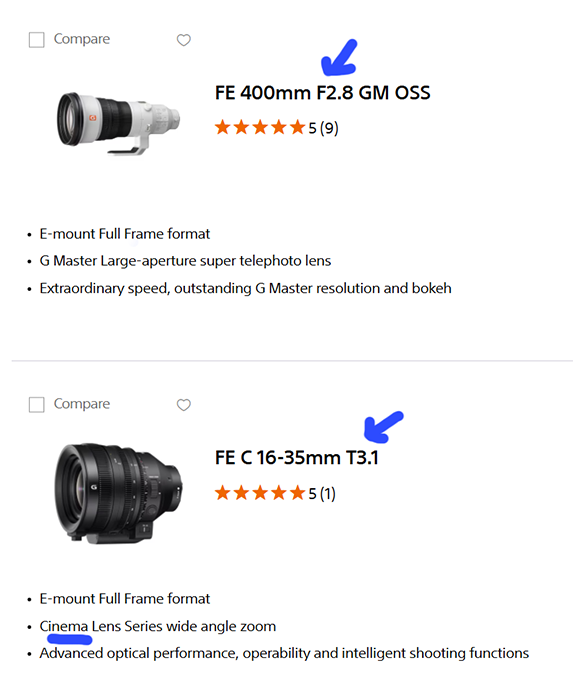
In summary, if you are a single-camera photographer, you don't need T-stop comparisons, F-Stop is enough. But when you are between two lenses with the same aperture, you can also look at the light transmission scores here: https://www.dxomark.com/Lenses/
The Most Beautiful Event of December: Custom ( CUSTOM / SHAPED ) Bokeh
Surprise your followers by creating different bokeh effects by placing cardboards with special shapes cut out in front of the lens in December when everywhere is illuminated with led lights!
- To create your own special bokeh effects, cut out the desired shape on a piece of black cardboard in the center of the lens and place it in front of your lens.
- Focus as close as the lens allows, bringing your subject very close with manual focus, and enjoy custom bokeh.
Create heart-shaped bokeh effects in the background with custom bokehs while taking a surprise portrait of your lover for Valentine's Day :)
In my photography school, we used to do a Custom Bokeh shooting activity every New Year's Eve. In this video, I wanted to share with you a simple but explanatory video for the activity we did at the end of 2015:
Section 5: Software and Editing Recommendations
After taking your photos, you can make some adjustments to aperture and depth of field using editing software:
Focus Stacking
To get more depth of field in macro shots, you can take multiple photos at different focal points and combine them. Or, as we learned above, to get maximum sharpness in product photos, we can apply the focus stacking technique if we want more net area in the shots we take at the sharpest aperture (sweet spot) of the lens. Merging sharp photos can be easily implemented using software such as Helicon Focus or Photoshop.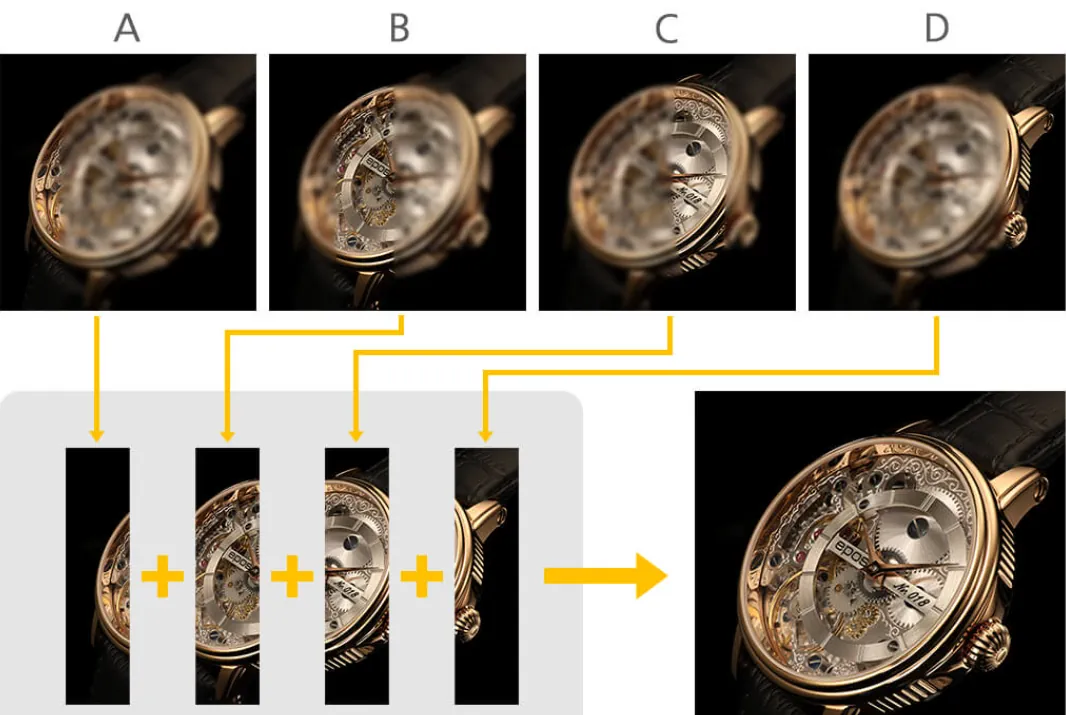
A few cameras released in 2024 can do in-camera focus stacking. One of them is my camera Sony A7 R 5. It is enough to take the nearest and farthest photo of the object to be focus stacked, the R5 calculates the frames that need to be taken by shifting the focus in between and automatically shifts the focus and takes them in order. I would recommend product photography in the studio (Sony A7 R5 is the only camera that can focus stack with a flash as far as I know) and nature photographers to take a look for clear and sharp images everywhere.
BOnuS Section: Sony Lens Technologies and Aperture Control
Sony offers a range of innovative lens technologies that enable photographers to control aperture more effectively and better manage depth of field. These technologies make it possible to achieve excellent sharpness, impressive bokeh effects and high image quality, even at particularly wide apertures.
XA (Extreme Aspherical) Elements
XA (Extreme Aspherical) elements are special lens elements developed by Sony. They are much more precisely manufactured than conventional aspherical elements and minimize imperfections on the lens surface.
The XA elements provide excellent sharpness and resolution even at particularly wide apertures. They also play an important role in achieving pleasing and natural bokeh effects.
As a portrait photographer, when you photograph a model, for example using the Sony FE 85mm f/1.4 GM II lens, the lens with XA elements ensures excellent sharpness and detail on the model's face even at a wide aperture of f/1.4. At the same time, a soft and pleasant bokeh effect is created in the background.
ED (Extra-low Dispersion) Glass
ED (Extra-low Dispersion) glass is a special type of glass used to reduce chromatic aberration (chromatic aberration). Chromatic aberration is an optical defect that occurs when different colors are refracted at different angles within the lens and can cause color fringing in photographs.
ED glass minimizes chromatic aberration, resulting in clearer, sharper and more color-accurate photos.
When a landscape photographer shoots a mountain landscape using a Sony FE 70-200mm f/2.8 GM OSS II lens, it contains ED glass elements, so there is no color fringing on the edges of distant trees and mountains. The image is obtained with more realistic colors and higher image quality.
11 Leaf Circular Diaphragm
In general, if a diaphragm uses 7, 9 or 11 diaphragm blades, the shape of the diaphragm becomes a 7-sided, 9-sided or 11-sided polygon as the diaphragm gets smaller. But this has a certain undesirable effect, the defocusing of point light sources will appear polygonal rather than circular. α lenses overcome this problem with a unique design that keeps the aperture almost perfectly circular when closed 2 stops from its fully open setting. The result is smoother, more natural defocusing.

Many Sony lenses feature an 11-leaf circular diaphragm. The circular diaphragm creates more natural and pleasing bokeh effects, even at wide apertures.
The 11-leaf circular aperture allows for softer and more aesthetic bokeh effects in the background, especially in portrait and product photography.

I'm attaching here the bokehs of two cheap lenses so you can tell the difference with the great bokehs above: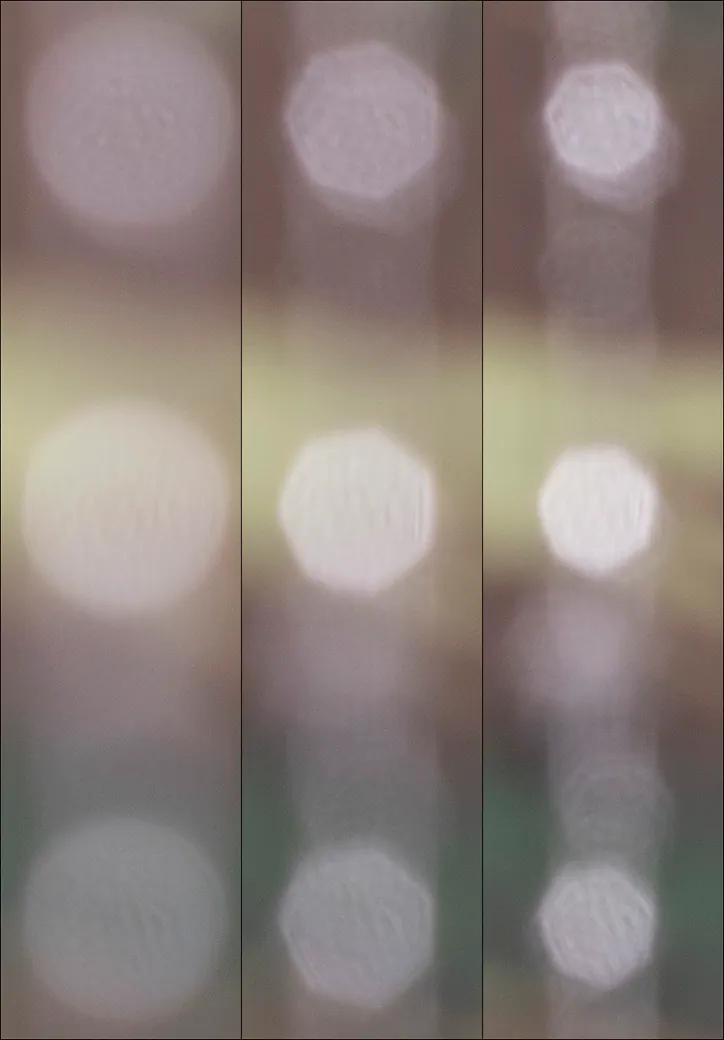
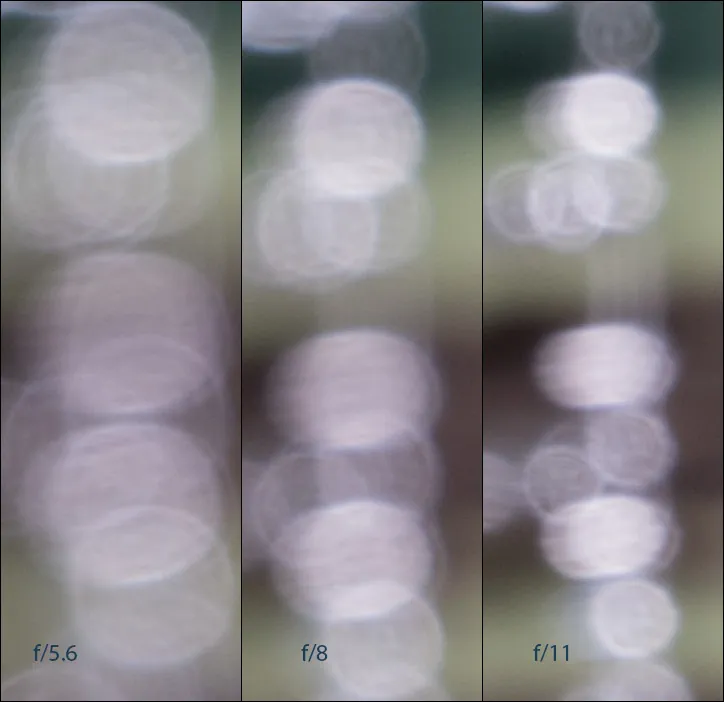
Let me end with this shot I took in Berlin in 2024 with the Sony 50 mm F1.2 GM at 1.2 aperture.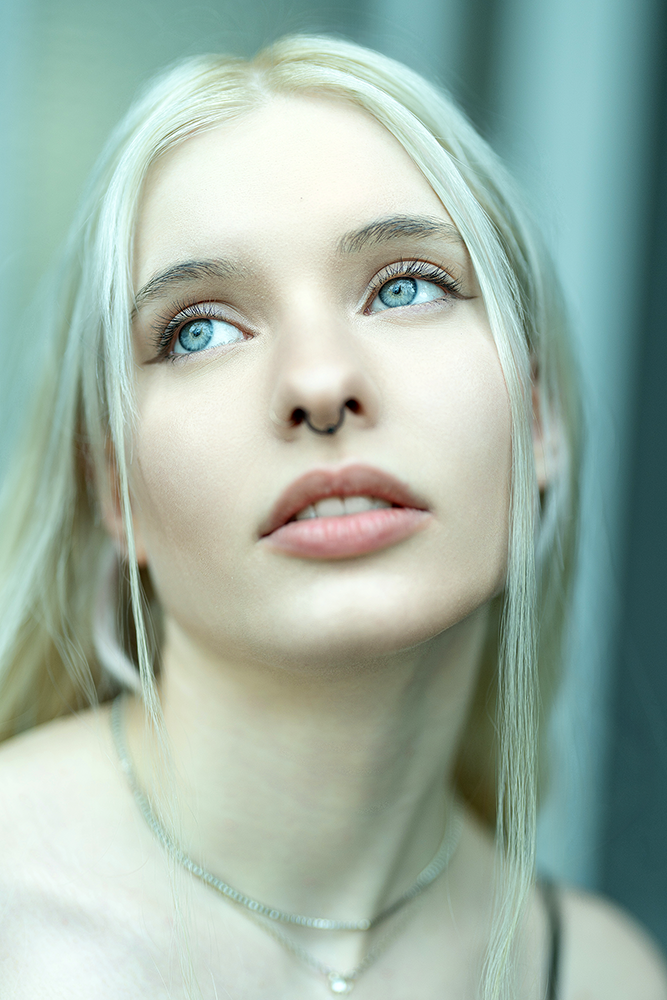
who is Burak Bulut YILDIRIM?

With 19 years of experience as an award-winning photographer and mentor, I have guided many students and photographers. I live in Berlin and am often in Istanbul as I have photo studios in Berlin and Istanbul. I have been a Sony Imaging Europe Brand Ambassador since 2018.
I trained more than 6,000 people and organized many workshops and photography trips. My trainings are available in English or Turkish. I have taught advertising photography at Bahçeşehir University for three semesters on behalf of Sony Alpha Turkey; I have also been invited for seminars and courses at different universities and photography groups.
If you want to go on a photo journey together, click the Whatsapp button at the bottom right and let's take your skills one step further!
For private photography lessons, we first make a preliminary interview, then weI offer Basic and Advanced level photography trainings that I have prepared specifically for your needs, face to face (Berlin / Istanbul) or online (Worldwide).
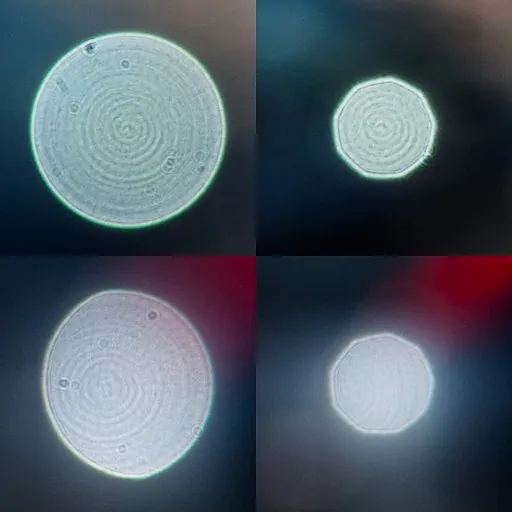 These differences in the bokeh shapes of different lenses are related to the blade shapes and designs of the diaphragms. In general, the more oval and smooth the bokeh, the better. You can see an example in the bonus section, the last heading.
These differences in the bokeh shapes of different lenses are related to the blade shapes and designs of the diaphragms. In general, the more oval and smooth the bokeh, the better. You can see an example in the bonus section, the last heading.